The two peaks of Niushou Mountain look like ox horns hence the name. During the Eastern Jin Dynasty, it was named “Tianque Mountain” because of its unique and magnificent scenery. It is one of the four famous places of ancient Jinling.
With light rain falling, we arrived at the east entrance of Niushou Mountain. Because of the rain, Niushou Plaza was vast and empty with few people. Although it was not as lively as usual, it became purer like Chan.
There are special sightseeing tour buses connecting all the spots. Usnisa Temple was our first stop. Standing in the base of the east peak, it is truly magnificent. The monks protecting Usnisa are normally living here. The whole building is built as a palace. The lay out is exquisite full of ancient aroma of Tang Dynasty.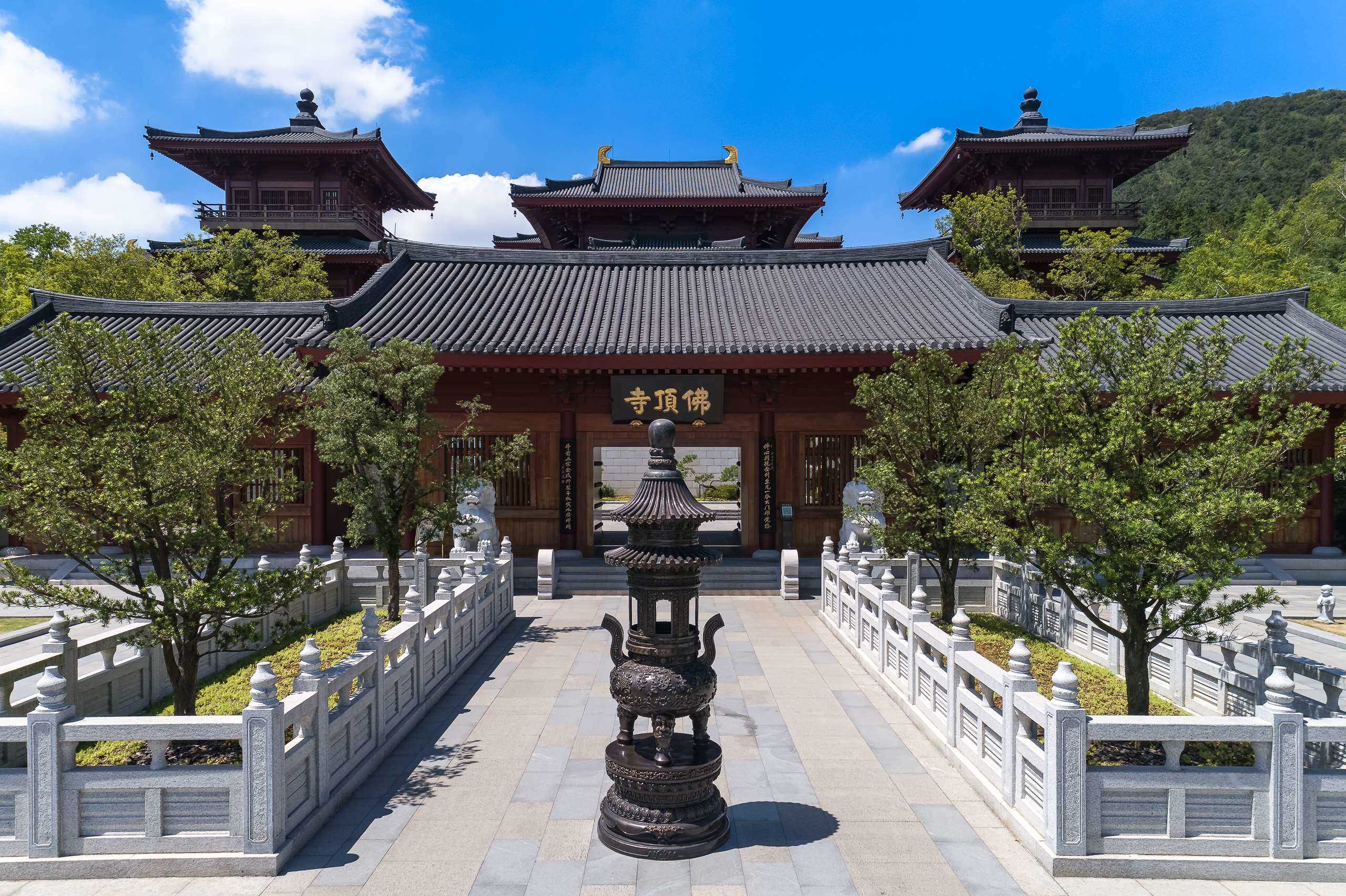
Along the way to the mountain top of the Buddhist Holy Land, we walked on the road with lotus pattern, hearing the Chan music. Surrounded by rolling mountains and rippling waves, the way made us relaxed and calm, which is more like a road of pilgrimage.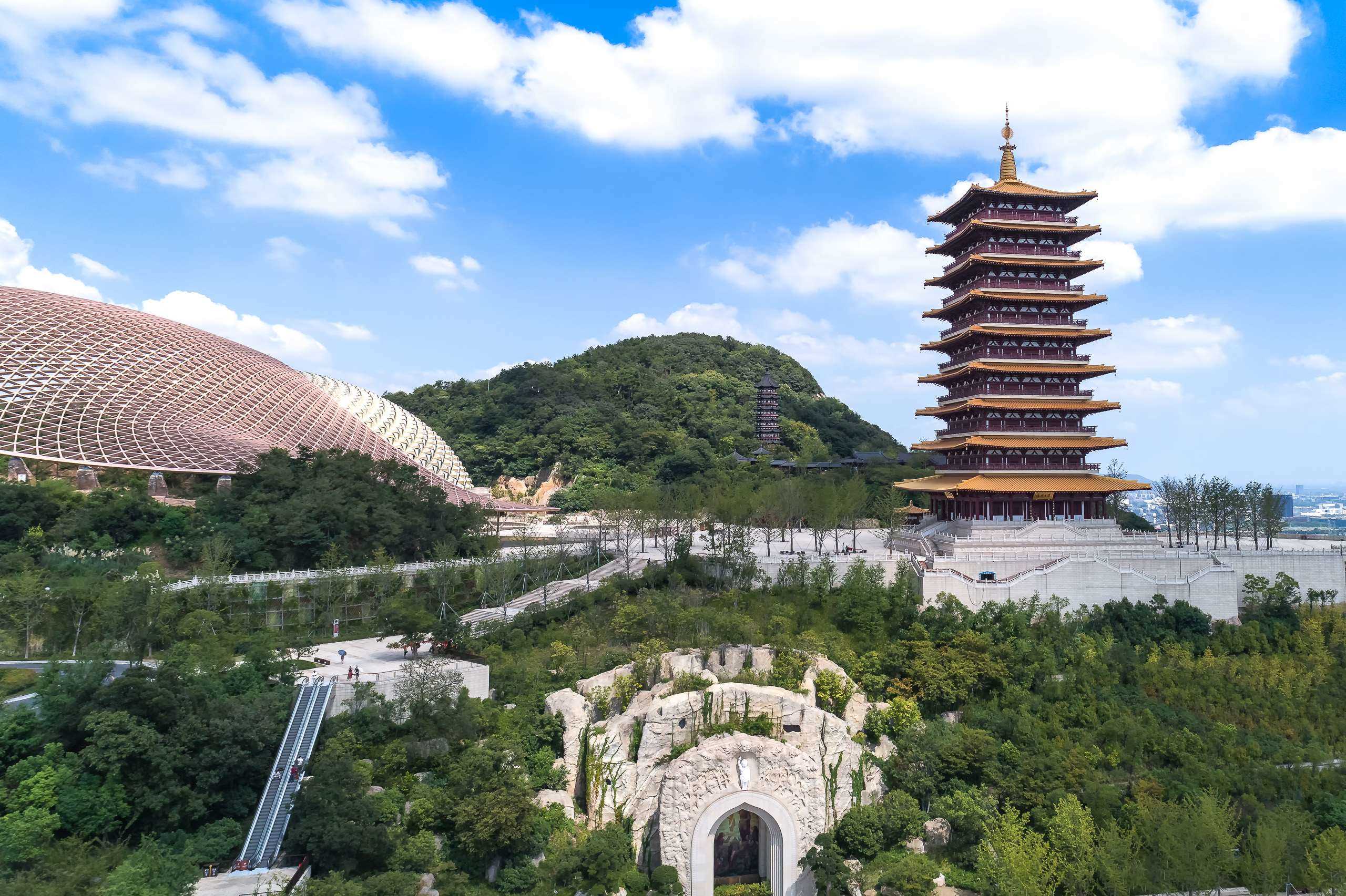
The next station is Buddhist Holy Land. Usnisa Pagoda, with nine floors and four sides, is a landmark building of Buddhist Holy Land.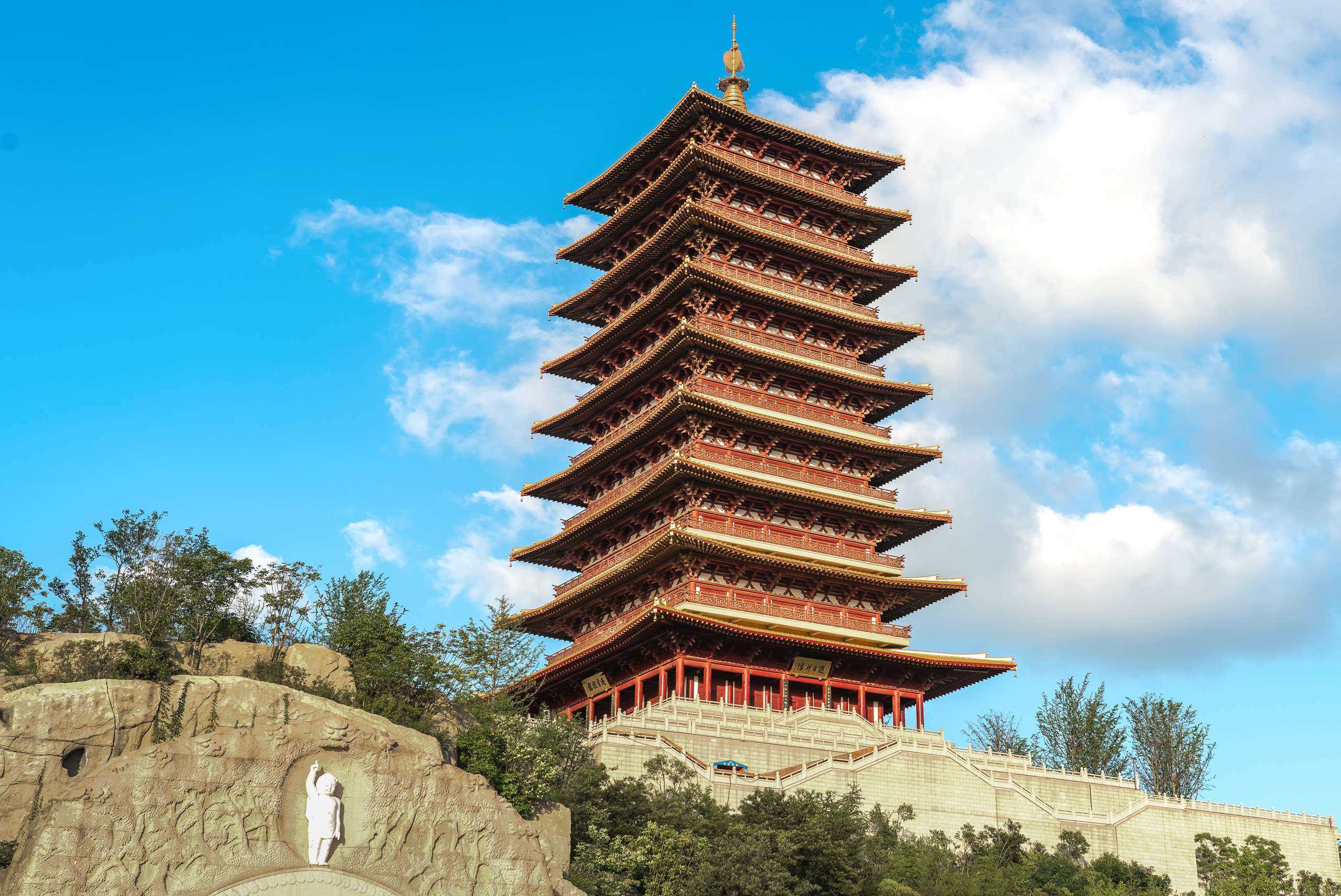
Usnisa Palace is the heart of Buddhist Holy Land dominating the head of the weat peak. Large and Small Dome relying on each other forming a divine image of “Lotus holding treasures”. Buddhist Palace contains tree large inner space: Chan State Scenery, Great Usnisa Hall and Usnisa Worshipping Palace.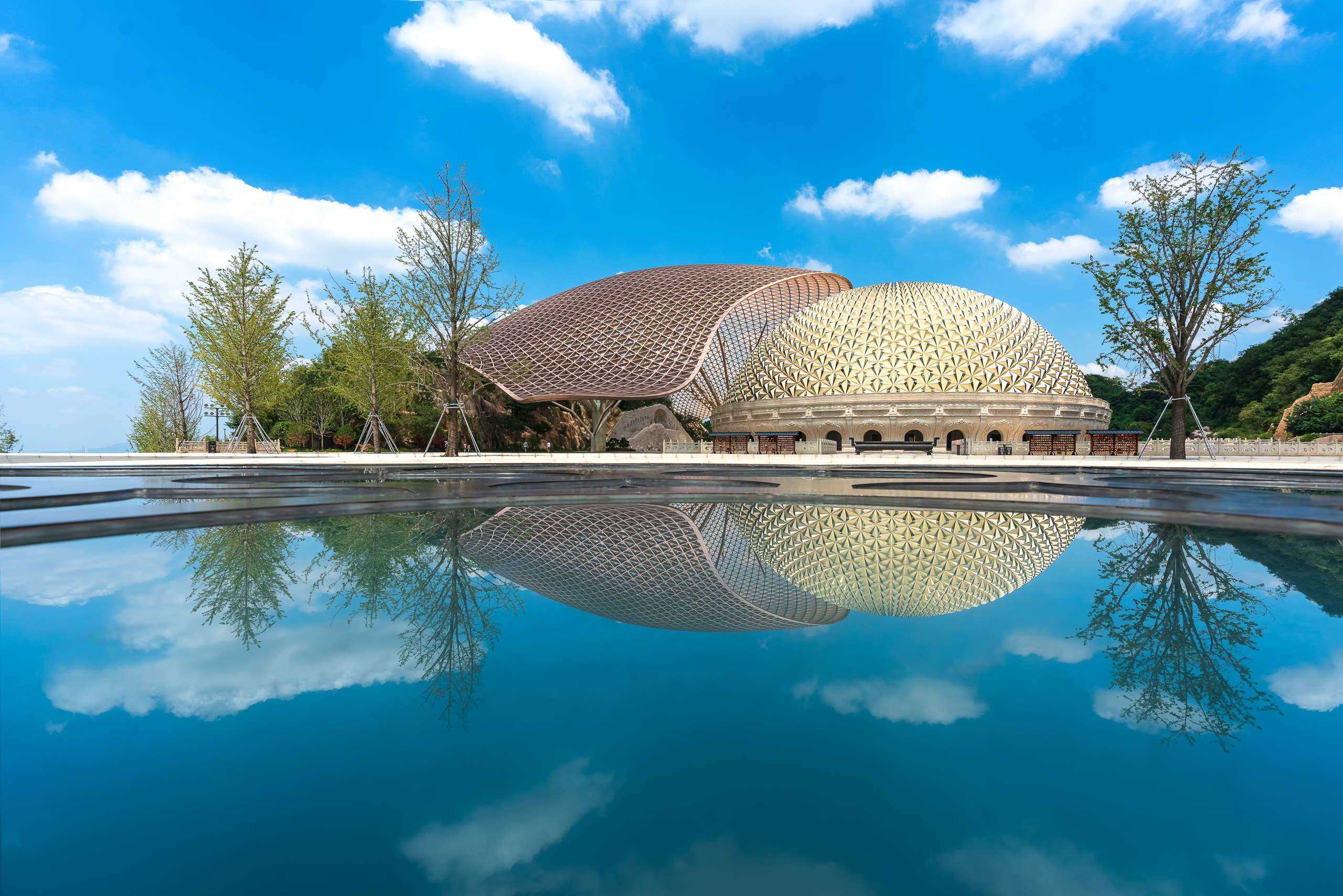
Chan State Scenery shows the Chan culture with the Buddha’s life story. We were fortunate to watch the ceremony of the Buddha’s ritual at Lotus Seat. Under the dome, the light was changing when the solemn statue of Sakyamuni was rising from the ground. The expression of the statue was peaceful, which took us along the footsteps of the Buddha to experience the endless charm of Chan.
Thousand-Buddha Hall and Ten Thousand-Buddha Corridor is inside and outside Great Usnisa Hall. Thousand-Buddha Hall three-dimensionally shows the guardian warriors. Its main colors are red, yellow and dark gold. The layers are distinct, the colors are gorgeous and splendorous. Ten Thousand-Buddha Corridor displays the Chinese Buddhist culture, Indian Buddhist culture and relic culture.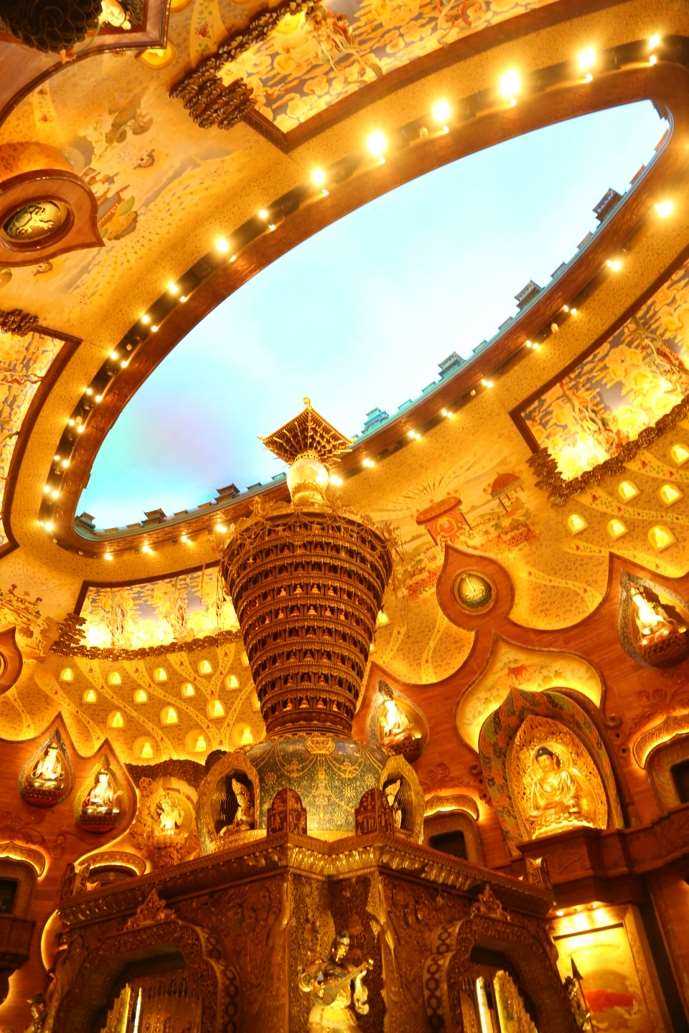
Usnisa Worshipping Palace is not only a place to keep the relics but also the place for Buddha worshipping and meditation practice. The serious and mysterious atmosphere there is made by the dark colors.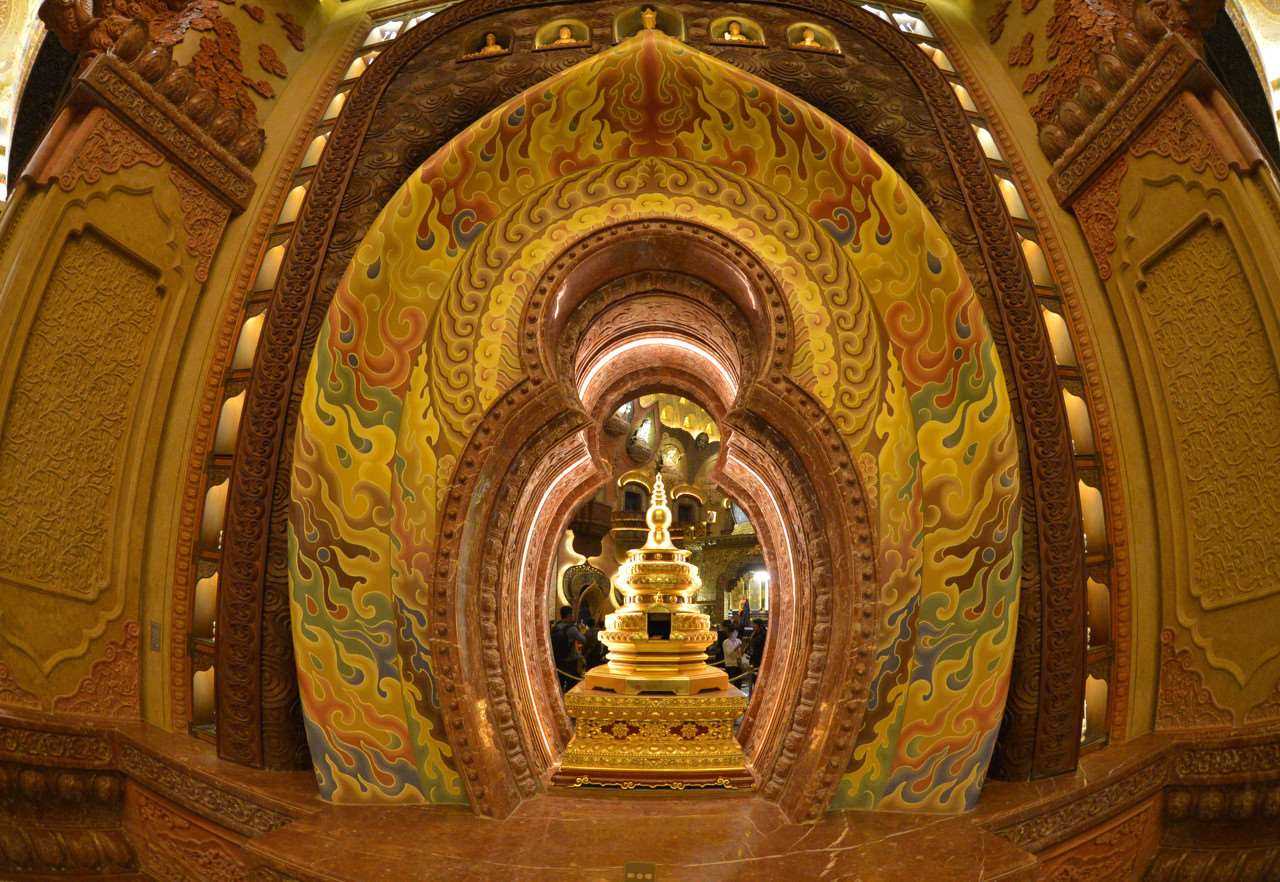
From the integration and development of Buddhist culture and Chinese traditional culture to the culture and history of many countries along the Belt and Road, as the Chinese Chan Buddhism is cultivated and developed here, Niushou Mountain lives up to its reputation.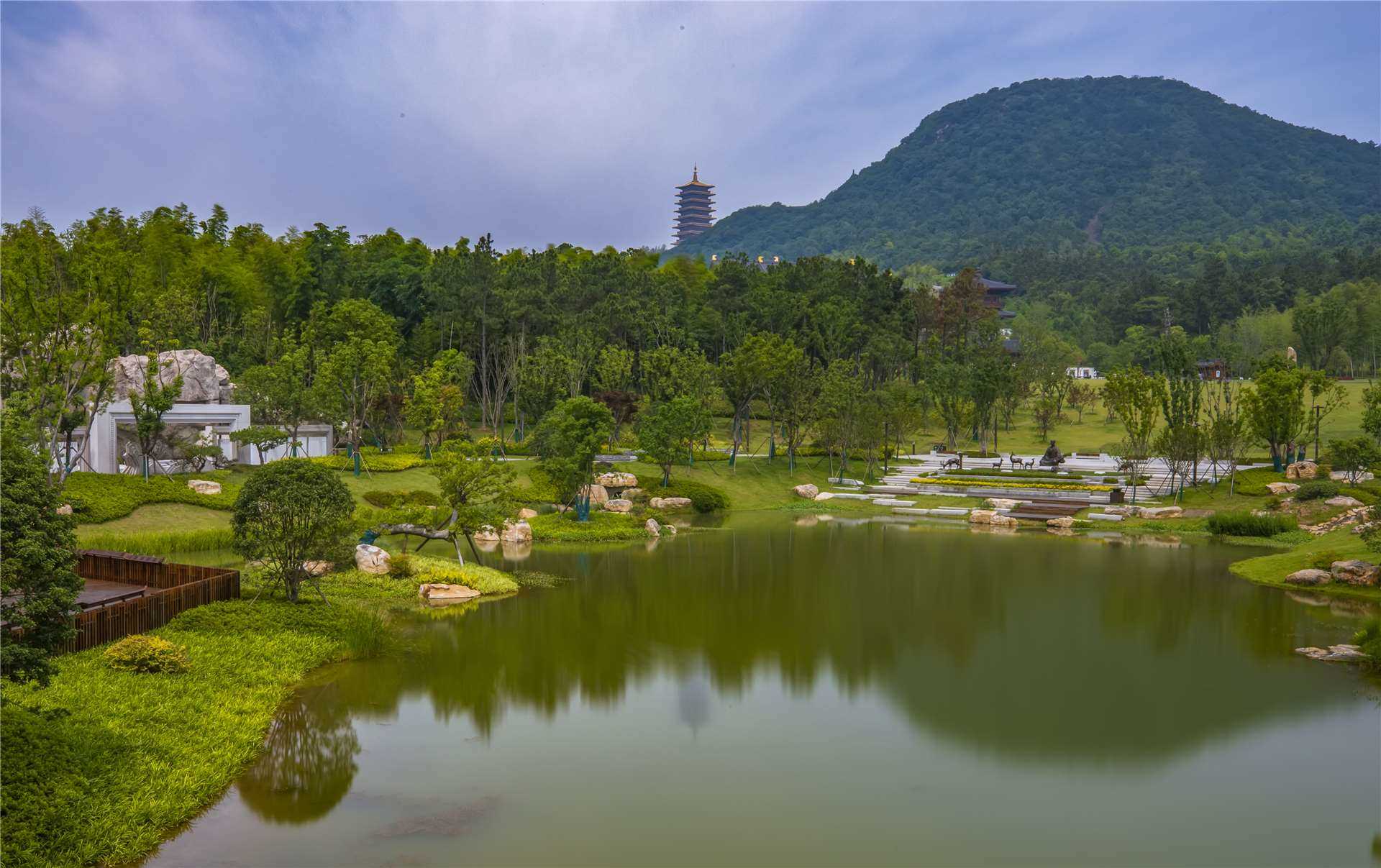
Service Hotline: 400-165-6363
Address: No.18 Ning Dan Avenue, Jiangning District, Nanjing
Website: www.niushoushan.net
